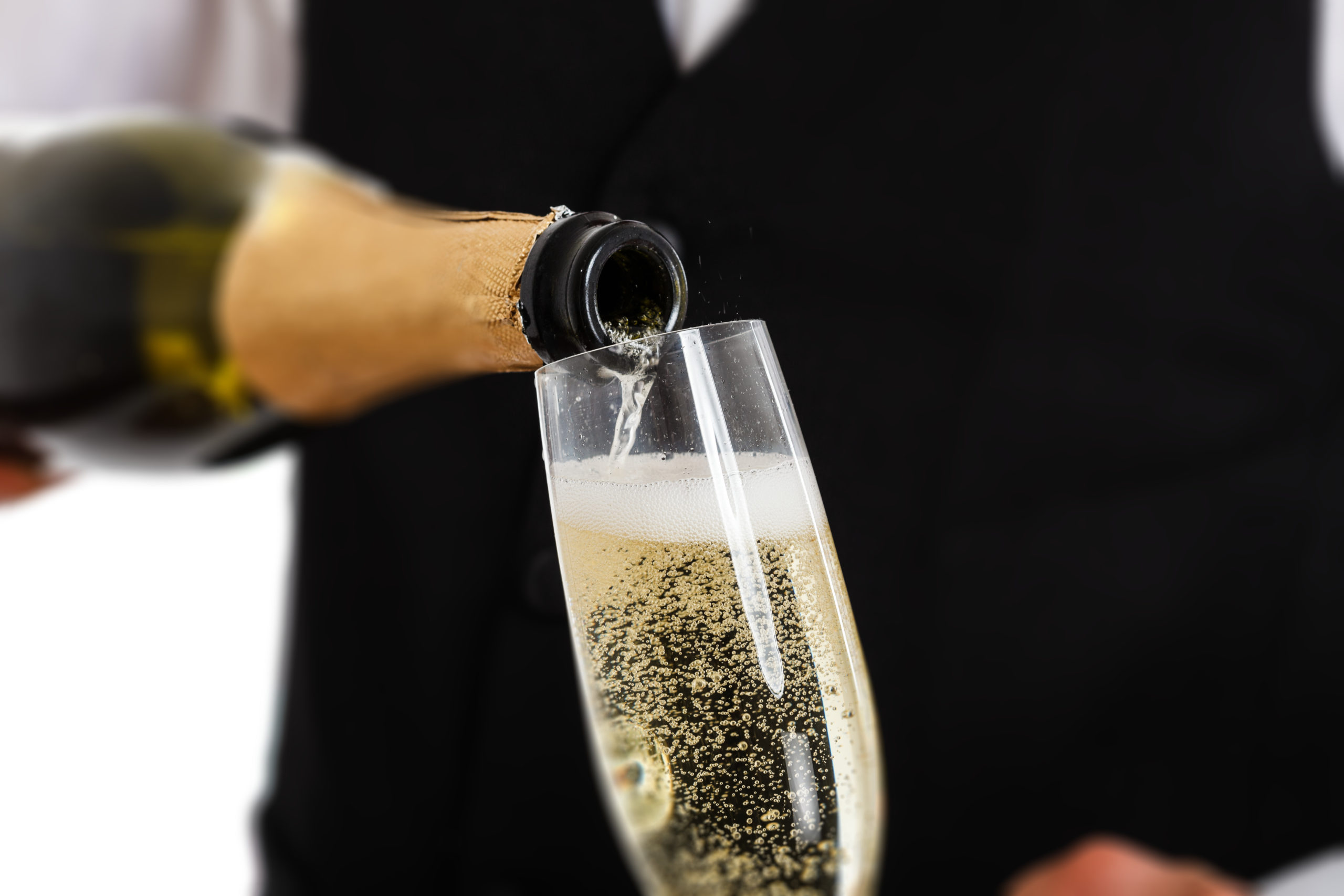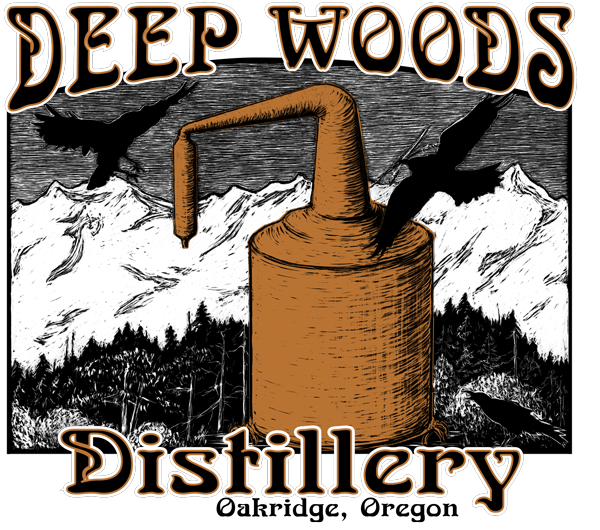
Introduction
Understanding The Significance Of Alcohol Content In Champagne
Understanding the alcohol content in champagne is crucial for consumers to enjoy this elegant beverage responsibly. By being aware of the average alcohol level in champagne, which typically hovers around 12%, individuals can gauge how much they are consuming and make informed decisions about their drinking habits. It is essential to remember that the exact alcohol percentage may vary depending on the specific brand and type of champagne being enjoyed.
Exploring The Effects Of Carbonation On Alcohol Absorption
The effervescence in champagne, created by carbon dioxide bubbles, can influence how alcohol is absorbed by the body. The carbonation in champagne can lead to alcohol being absorbed more quickly compared to still wines, potentially causing individuals to feel the effects of alcohol sooner. This difference in absorption rates is important for consumers to consider when indulging in champagne to ensure they are mindful of their alcohol intake and its effects on their body.
When selecting champagne for an occasion, understanding its alcohol content and the impact of carbonation on alcohol absorption can help individuals make responsible and enjoyable choices while savoring this celebratory beverage. It is essential to appreciate champagne not only for its taste and effervescence but also for its alcohol content to ensure a safe and pleasant drinking experience.
Factors Affecting Alcohol Content
Variability Of Alcohol Percentage In Champagne
Grape Varieties: Different grape varieties used in champagne production can lead to variations in alcohol content, typically ranging from 11% to 12%.
Influence Of Fermentation And Blending On Alcohol Levels
Fermentation Process: The duration and temperature during fermentation can impact the final alcohol levels in champagne.
Blending Techniques: Techniques such as the addition of reserve wines can influence the overall alcohol content of champagne.
Understanding these factors can help individuals balance the alcohol content with the flavor profile of the champagne, leading to a more enjoyable tasting experience. By being aware of these influences, consumers can make informed decisions about their consumption and appreciate champagne responsibly.
Champagne Vs. Red Wine
Comparing Alcohol Content: Champagne Vs. Red Wine
When comparing the alcohol content between champagne and red wine, the difference is minimal. Champagne typically contains approximately 12.2% alcohol, slightly lower than the 12.5% alcohol content found in red wine. The alcohol percentage in champagne may vary depending on the specific bottle purchased, influenced by factors such as grape varieties and fermentation techniques.
Impact Of Carbonation On Alcohol Absorption
One noticeable difference between champagne and red wine is the presence of carbonation in champagne. The combination of alcohol and carbonation in champagne can potentially lead to a quicker rise in alcohol levels in the bloodstream compared to consuming a flat alcoholic beverage like red wine. Individuals drinking bubbly champagne demonstrated a significant spike in alcohol levels within five minutes, whereas those consuming flat champagne experienced a delayed spike around 15 minutes. However, after this initial difference, the overall effects appeared to level off between the two types of drinks.
Understanding the variability in alcohol content and the influence of carbonation on alcohol absorption can help individuals make informed decisions about their beverage choices. By being aware of these factors, individuals can better manage their alcohol consumption and appreciate champagne responsibly.
Effects Of Alcohol On The Body
How Alcohol Affects The Body
Alcohol content: Champagne and red wine have relatively similar alcohol content, with champagne typically around 12.2% and red wine at 12.5%.
Absorption rate: Carbonation in champagne can lead to a faster rise in alcohol levels in the bloodstream compared to red wine.
Consumption tips: Sipping slowly and limiting to one drink an hour can help manage alcohol consumption.
Differences In Intoxication Between Flat And Bubbly Champagne
| Aspect | Bubbly Champagne | Flat Champagne |
|---|---|---|
| Alcohol Absorption | Quicker spike in alcohol levels within five minutes | Delayed spike around 15 minutes |
| Long-term Effects | Levels off after initial difference | Similar effects between the two types of drinks |
Understanding the varying alcohol content and absorption rates of different beverages can aid individuals in making responsible choices regarding their alcohol consumption. By recognizing these differences, individuals can regulate their intake to prevent potential overconsumption and its associated risks.

Enjoying Champagne Responsibly
Tips For Responsible Champagne Consumption
Alcohol content: Champagne and red wine have relatively similar alcohol content, with champagne typically around 12.2% and red wine at 12.5%.
Absorption rate: Carbonation in champagne can lead to a faster rise in alcohol levels in the bloodstream compared to red wine.
Consumption tips: Sipping slowly and limiting to one drink an hour can help manage alcohol consumption.
Awareness Of Alcohol Levels In Different Champagne Varieties
| Aspect | Bubbly Champagne | Flat Champagne |
|---|
Popular Champagne Brands
Alcohol Content Variations In Different Champagne Brands
When exploring different champagne brands, it’s essential to note that alcohol content can vary. While the general average for champagne hovers around 12%, specific labels may have different alcohol percentages. For example:
| Aspect | Moët & Chandon | Veuve Clicquot |
|---|---|---|
| Alcohol Content | 12.5% | 11.5% |
These variations demonstrate the importance of checking the label for precise alcohol information.
Understanding Labeling And Alcohol Percentage Information
Labels on champagne bottles can provide crucial details about the alcohol content. When selecting a bottle, look for the ABV (alcohol by volume) percentage, which informs consumers about the drink’s strength. Understanding and being aware of the alcohol levels in different champagne varieties can aid in making informed choices while enjoying the bubbly beverage. Remember, responsible consumption is key to appreciating champagne safely and in moderation.
In summary, delving into the world of champagne entails appreciating not just the flavor profiles but also understanding the alcohol content variations across different brands. By being mindful of labeling information and alcohol percentages, individuals can savor their champagne experience while prioritizing responsible consumption. Cheers to enjoying champagne responsibly!
Champagne Cocktails And Mixers
Influence Of Mixers On Alcohol Content In Champagne Cocktails
When exploring different champagne brands, it’s essential to note that alcohol content can vary. While the general average for champagne hovers around 12%, specific labels may have different alcohol percentages. For example:
| Aspect | Moët & Chandon | Veuve Clicquot |
|---|---|---|
| Alcohol Content | 12.5% | 11.5% |
These variations demonstrate the importance of checking the label for precise alcohol information.
Balancing Alcohol Levels In Mixed Champagne Drinks
Labels on champagne bottles can provide crucial details about the alcohol content. When selecting a bottle, look for the ABV (alcohol by volume) percentage, which informs consumers about the drink’s strength. Understanding and being aware of the alcohol levels in different champagne varieties can aid in making informed choices while enjoying the bubbly beverage. Responsible consumption is key to appreciating champagne safely and in moderation.
In summary, delving into the world of champagne entails appreciating not just the flavor profiles but also understanding the alcohol content variations across different brands. By being mindful of labeling information and alcohol percentages, individuals can savor their champagne experience while prioritizing responsible consumption. Cheers to enjoying champagne responsibly!

Managing Alcohol Consumption
Strategies For Controlling Alcohol Intake
When exploring champagne brands, consumers must acknowledge the variability in alcohol content. While the standard alcohol percentage for champagne rests around 12%, specific labels may disclose different concentrations. For instance:
| Aspect | Moët & Chandon | Veuve Clicquot |
|---|---|---|
| Alcohol Content | 12.5% | 11.5% |
These nuances underscore the importance of monitoring labels for accurate alcohol information. By familiarizing oneself with alcohol levels in various champagne brands, individuals can make educated decisions when indulging in this effervescent drink.
Recognizing Signs Of Alcohol Intoxication
Champagne enthusiasts should prioritize responsible consumption by delving into the intricacies of alcohol content variations in different brands. It is essential to scrutinize the ABV (alcohol by volume) percentage on the bottle, as this metric serves as a guide to the beverage’s potency. By staying informed about alcohol levels and adhering to moderation, individuals can relish their champagne experience without compromising their well-being.
In summary, savoring the world of champagne is not just about sipping exquisite flavors but also understanding the array of alcohol content levels present in different labels. By emphasizing responsible consumption, individuals can elevate their champagne enjoyment while maintaining a balanced approach to alcohol intake. Cheers to a harmonious and informed champagne journey!
Conclusion
Summarizing The Key Points On Alcohol Content In Champagne
When exploring various champagne brands, consumers must consider the variability in alcohol content levels. While the average alcohol percentage for champagne is approximately 12%, specific labels may disclose different concentrations. For example:
| Aspect | Moët & Chandon | Veuve Clicquot |
|---|---|---|
| Alcohol Content | 12.5% | 11.5% |
These variations highlight the importance of checking labels for accurate alcohol information. By familiarizing themselves with the alcohol levels in different champagne brands, individuals can make informed decisions when enjoying this sparkling beverage.
Promoting Safe And Informed Champagne Consumption Practices
Champagne enthusiasts should prioritize responsible consumption by understanding the alcohol content differences among various brands. It is crucial to pay attention to the ABV (alcohol by volume) percentage on the bottle, as this measurement indicates the drink’s strength. By staying informed about alcohol levels and practicing moderation, individuals can enhance their champagne experience while preserving their well-being. Enthusiasts can elevate their enjoyment of champagne by not only savoring its flavors but also recognizing the range of alcohol content levels in different labels. By emphasizing responsible consumption, individuals can enrich their champagne experience while upholding a balanced approach to alcohol intake. Cheers to a harmonious and informed champagne journey!
FAQ About Alcohol Content In Champagne: The Bubbly Truth
Q: What is the typical alcohol content in Champagne?
A: The typical alcohol content in Champagne ranges from 11% to 12.5%. However, it can vary depending on the type and brand of Champagne.
Q: How is the alcohol content of Champagne determined?
A: The alcohol content of Champagne is determined during the winemaking process when the grapes are fermented. Yeast converts the sugars in the grapes into alcohol, resulting in the final alcohol content of the Champagne.
Q: Is there a difference in alcohol content between different types of Champagne?
A: Yes, there can be a difference in alcohol content between different types of Champagne. For example, Blanc de Blancs Champagne, made from 100% Chardonnay grapes, may have a different alcohol content than Blanc de Noirs Champagne, made from Pinot Noir and/or Pinot Meunier grapes.
Q: How does the alcohol content in Champagne affect its taste?
A: The alcohol content in Champagne can affect its taste by contributing to the overall balance and mouthfeel of the wine. Higher alcohol content can result in a fuller-bodied Champagne with more warmth and intensity, while lower alcohol content can lead to a lighter and crisper taste.
Q: Can the alcohol content in Champagne be higher than 12.5%?
A: While the typical alcohol content in Champagne falls within the range of 11% to 12.5%, some Champagnes may have a higher alcohol content, reaching up to 13% or even higher. This can be influenced by factors such as winemaking techniques and grape ripeness.
Q: Does the alcohol content in Champagne vary between vintage and non-vintage bottles?
A: Yes, the alcohol content in Champagne can vary between vintage and non-vintage bottles. Vintage Champagnes, made from grapes harvested in a single exceptional year, may display different alcohol levels compared to non-vintage Champagnes, which are blends of wines from multiple years.

At Deep Woods Distillery, we try to put an essence of the Great Oregon Forest in each bottle of hand-crafted liquor we make. All of our spirits are made from scratch in Oakridge, Oregon, from select ingredients.